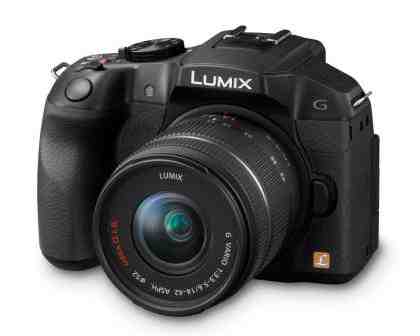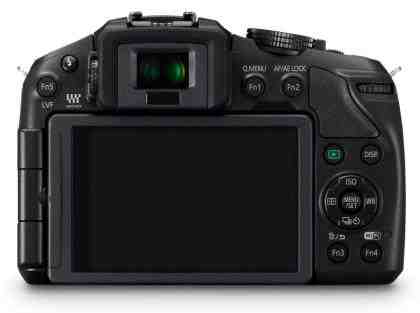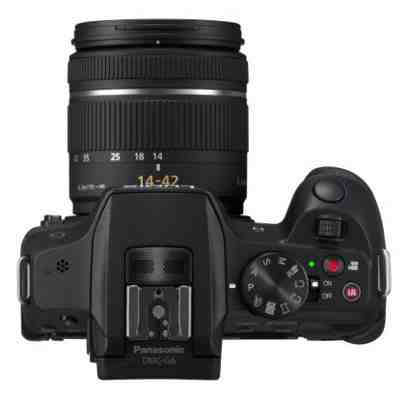Panasonic Lumix DMC-G6 review
by Miles Warren
March 21,2022
Price, specifications and rating based on the 14-42mm kit
Panasonic introduced us to the world of compact system cameras (CSCs) in 2008 with the G1. Back then it seemed like a leap into the unknown. Five years later, CSCs have become mainstream, with all the major manufacturers now on board.
The G6 is the latest update to the G1, and follows the same design cues. It has a distinctly SLR-like shape, complete with a viewfinder, hotshoe, articulated screen and a generous smattering of controls. This isn't a true SLR, as there's no flip-up mirror to redirect light from the sensor to the viewfinder – instead, it uses an electronic viewfinder. One benefit is a smaller overall size, but the G6 is only a little smaller and lighter than conventional SLRs at this price. If size and weight are primary concerns, there are better options such as the Sony NEX-6 or Fujifilm X20 . As such, the G6 must compete with SLRs rather than other CSCs.

The SLR-like G6 stands out from the pack of compact-styled designs
BUILD AND CONTROLS
It's not the most luxurious-looking camera. The plastic construction is to be expected at this price but it looks a little bland to us. It's a comfortable fit in the hand, with a contoured grip that's much more substantial than most CSCs offer. However, one-handed operation sometimes led to us accidentally pressing the Wi-Fi button on the bottom-right corner of the camera. The command dial is pushed inwards to toggle between exposure-related functions, but we found it a little too stiff and recessed to rotate quickly without accidentally pushing it.

Lots of buttons and dials to get to grips with ...
Otherwise, though, the controls are a great success. There's a lever on the top, which adjusts the zoom for lenses with motorised zooms, and takes on exposure compensation duties at other times. There's a generous collection of buttons, including dedicated buttons for the most important functions and five customisable Fn buttons. It's probably best to leave most of these at their default settings, which are thankfully labelled too to avoid having to remember all of their functions. There is some scope to set things up to your liking, though. For instance, there's no auto/manual focus switch so we assigned the Fn3 button to this task. Fn3 is assigned to focus peaking (more of which below) by default, but we were happy to leave this function permanently enabled.

... plus even more on the top
PERFORMANCE AND AUTOFOCUS
Performance is excellent, with autofocus that's just as fast as an SLR, and possibly even faster in low light. It rattled off a shot every 0.5 seconds in our tests, even when shooting in raw mode. Continuous shooting was at 8.6fps for 20 shots, slowing to 2.6fps. Enabling continuous autofocus slowed it to 2.7fps – we couldn't achieved Panasonic's claimed 5fps performance here.
All of this compares well with SLRs such as the Canon EOS 650D and Nikon D5200 , but the G6 gains several advantages from its mirrorless design. Its electronic viewfinder is significantly bigger, and with a 1.44-million dot resolution, it's sharp enough to reveal more detail than its rivals' optical viewfinders. Manual focus gets an added boost with the ability to show a 10x magnification while making adjustments, plus a peaking display that highlights high-contrast (and thus, sharply focused) edges.
SLRs are much slower to focus in live view mode, but here, autofocus is seriously quick regardless of whether you're using the viewfinder or the LCD screen. Its autofocus is much more versatile, too. The autofocus point can be placed anywhere in the frame simply by touching the screen, and varied in size via the command dial. There's also a Pinpoint mode, which shows a 5x magnification to help place the autofocus point extremely precisely. Face detection and subject tracking are included too, and there's also a spot metering function that's extremely quick to set via the touchscreen.
